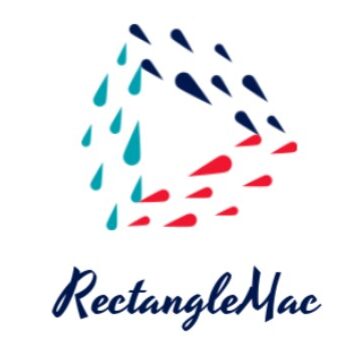In the rapidly evolving world of computer processors, a significant innovation has emerged in the form of CPUs with 3D stacked cache. This cutting-edge technology differs fundamentally from traditional, planar CPU cache designs, offering a multitude of advantages. This article delves into these differences, exploring aspects such as performance, power efficiency, and the technological advancements that make 3D stacked cache a game-changer.
Understanding CPU Cache
A CPU cache is a small, high-speed memory located close to the processor core, designed to store frequently accessed data and instructions. The primary purpose of the cache is to reduce the time it takes to access data from the main memory, thus boosting overall system performance. Traditional CPU cache is typically arranged in flat, planar layers known as L1, L2, and L3 caches.
Traditional Cache Design
In a conventional CPU, cache levels are organized horizontally. Here is a brief overview of the typical layered setup:
- L1 Cache: Located closest to the CPU core, L1 cache is the smallest and fastest cache level, often split into separate instruction and data segments.
- L2 Cache: Slightly larger and slower than L1, L2 cache serves as an intermediary between L1 and L3 caches.
- L3 Cache: The largest and slowest cache level, L3 cache is shared among multiple cores and provides a unified storage space to further reduce memory access times.
This hierarchical structure suffers from certain limitations, especially when it comes to scaling and power efficiency. As cores and cache sizes increase, the planar approach faces challenges in terms of latency, bandwidth, and power consumption.
The Emergence of 3D Stacked Cache
3D stacking technology involves the vertical integration of multiple layers of cache memory on top of the CPU die. This approach leverages Through-Silicon Vias (TSVs) to connect different layers, enabling more efficient communication between them. Here’s a comparative look at traditional versus 3D stacked cache designs:
| Feature | Traditional Cache | 3D Stacked Cache |
|---|---|---|
| Architecture | Planar, horizontal layout | Vertical, multi-layered layout |
| Performance | Limited by horizontal communication paths | Faster due to reduced latency and increased bandwidth |
| Power Efficiency | Higher power consumption due to longer data paths | Lower power usage thanks to shorter, more efficient paths |
Key Benefits of 3D Stacked Cache
1. Increased Performance
3D stacked cache significantly enhances performance by reducing latency and increasing memory bandwidth. Data can be accessed more quickly, leading to faster processing times and improved system responsiveness.
2. Improved Power Efficiency
By shortening the distance data needs to travel, 3D stacked cache lowers power consumption. This is particularly beneficial in mobile and embedded devices, where battery life is crucial.
3. Greater Scalability
The vertical integration of cache layers allows for more memory within a smaller footprint, making it easier to scale up processing power without significantly increasing the chip’s size.
Technological Advancements
Several key technologies enable the adoption of 3D stacked cache in modern CPUs:
- TSVs (Through-Silicon Vias): These vertical interconnects allow for high-speed communication between different layers of the stack, minimizing latency and maximizing bandwidth.
- Advanced Lithography: Cutting-edge lithography techniques enable the precise alignment of stacked layers, ensuring efficient operation and reliability.
- Thermal Management: Innovative cooling solutions are essential to dissipate heat generated by densely packed layers, maintaining optimal performance and preventing thermal throttling.
Challenges and Future Directions
While 3D stacked cache offers significant benefits, it also presents certain challenges. The complexity of manufacturing, coupled with the need for advanced thermal management solutions, can increase production costs. Moreover, ensuring the reliability and yield of 3D stacked chips remains a critical focus area for researchers and manufacturers alike.
Nevertheless, ongoing advancements in semiconductor fabrication and cooling technologies are expected to address these challenges. As the industry continues to evolve, 3D stacked cache is likely to become increasingly common in high-performance computing, gaming, and data center applications.
Conclusion
CPUs with 3D stacked cache represent a significant leap forward compared to traditional designs. By leveraging vertical integration and advanced interconnect technologies, these processors offer enhanced performance, improved power efficiency, and greater scalability. Despite the challenges, the future looks promising for 3D stacked cache as it paves the way for more powerful and energy-efficient computing solutions.
